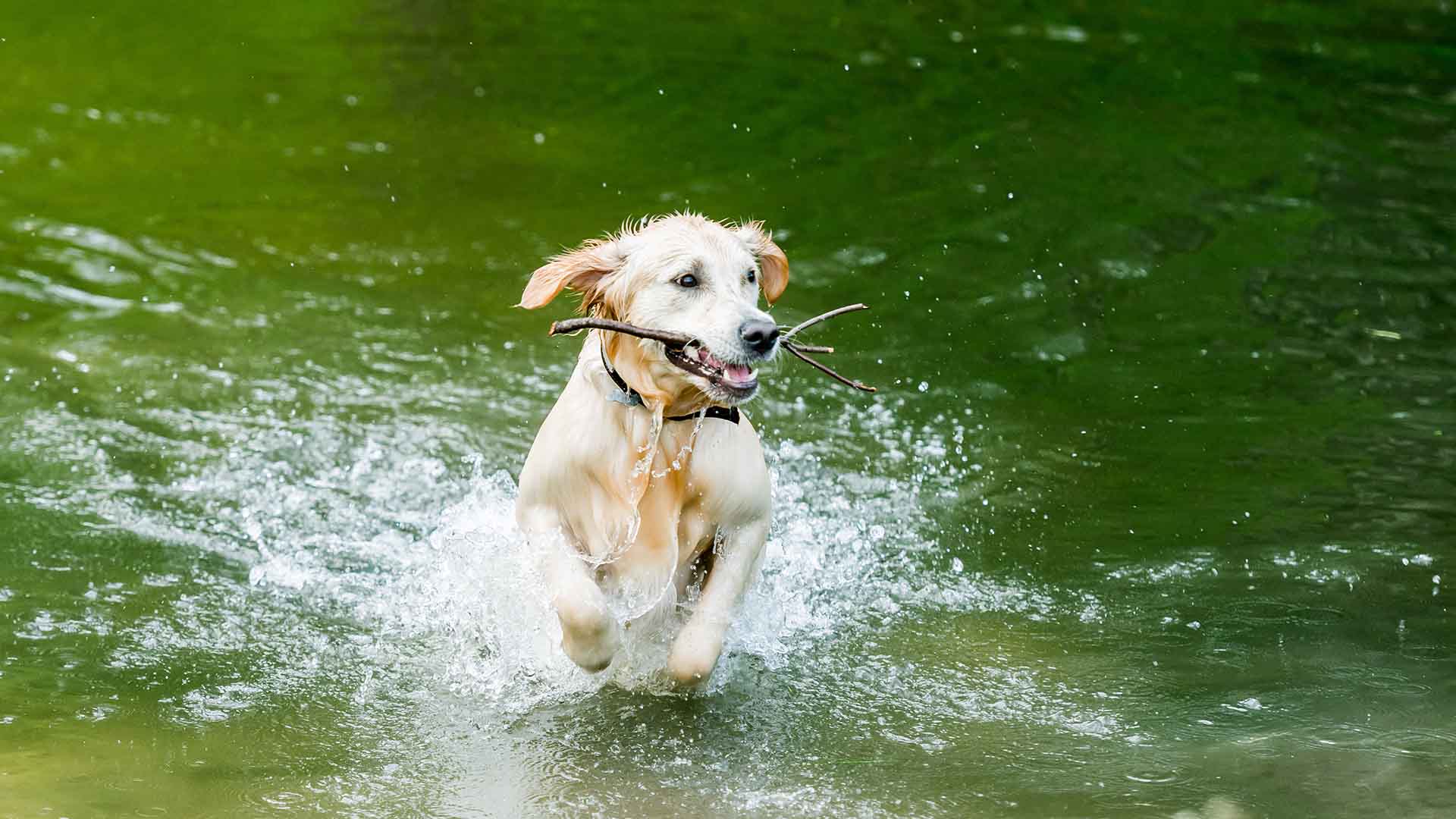
Emma Price Exhibition ‘JOURNEYS’ at The Fountain Gallery, July–August 2025
Step into the ethereal world of Emma Price, whose evocative paintings and drawings offer a deeply personal reflection on memory,

Risks to wildlife and dogs from entering streams, rivers, or ponds were highlighted in a CARA talk by Elliot Newton, Kingston Council’s Biodiversity Officer, and Dr. Peter Higgins, a local vet and CARA member, as well as in an article by Janet Bostock in a Richmond Park magazine.
How do dogs impact wildlife in water?
Many flea and tick treatments contain toxic chemicals, including fipronil and imidacloprid, which are banned in agriculture but still found in 430 flea products. These toxins wash into ponds and streams when treated dogs enter the water, killing aquatic invertebrates. Pet owners can also transfer pesticides via touch for up to 28 days after application. A safer alternative, Billy No Mates, contains neem and scented herbs. Experts advise using flea treatments only when needed, like antibiotics.
How does swimming or drinking from rivers affect dogs?
Dogs can ingest bacteria, causing gastric upsets, including giardia, which requires urgent veterinary care. After heavy rain, sewage overflows may expose dogs to harmful bacteria and protozoa. Blue-green algae blooms are also toxic.
We share parks and rivers with wildlife, recognising our impact helps protect both nature and our pets.
Research: imperial.ac.uk/news/243875/toxic-flea-tick-treatments-polluting-uk

Step into the ethereal world of Emma Price, whose evocative paintings and drawings offer a deeply personal reflection on memory,

Dear Residents, We’ve received a request for volunteers to support the upcoming Molesey Regatta Festival, taking place on Saturday 19th
© 2025 Hurst Park Resident's Association